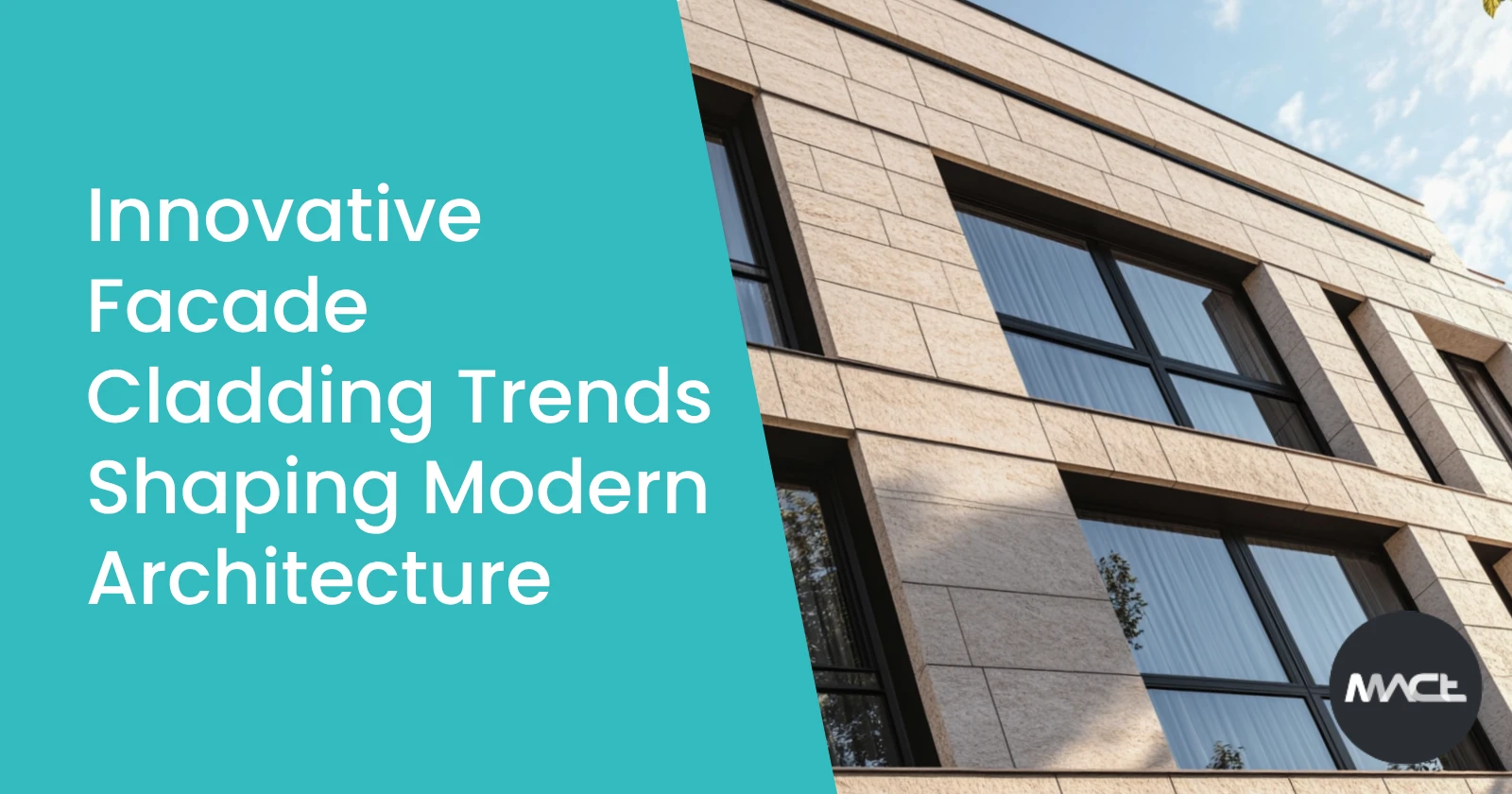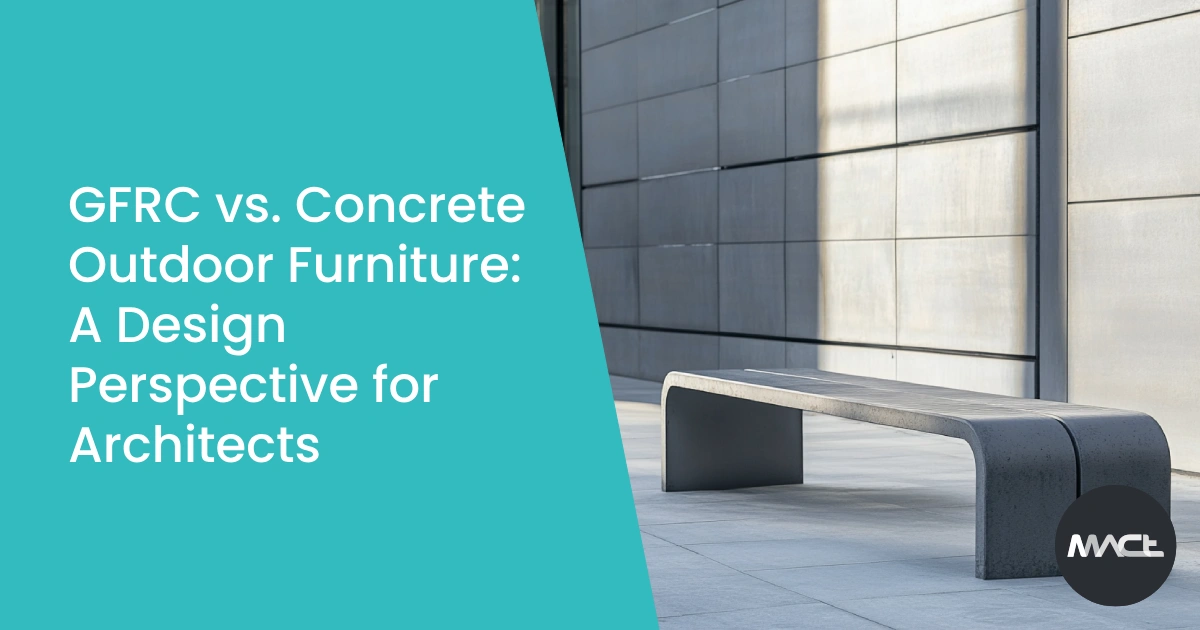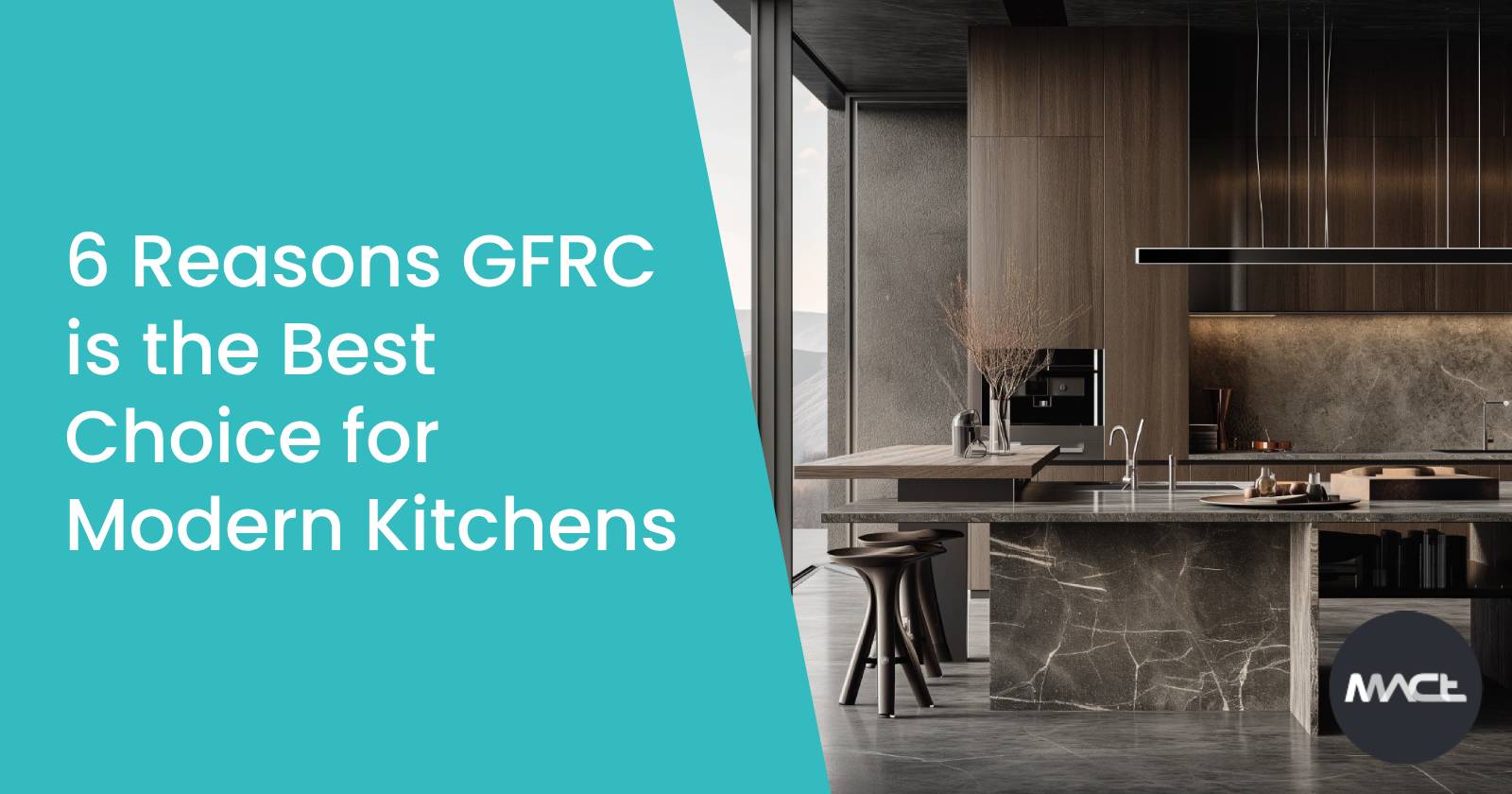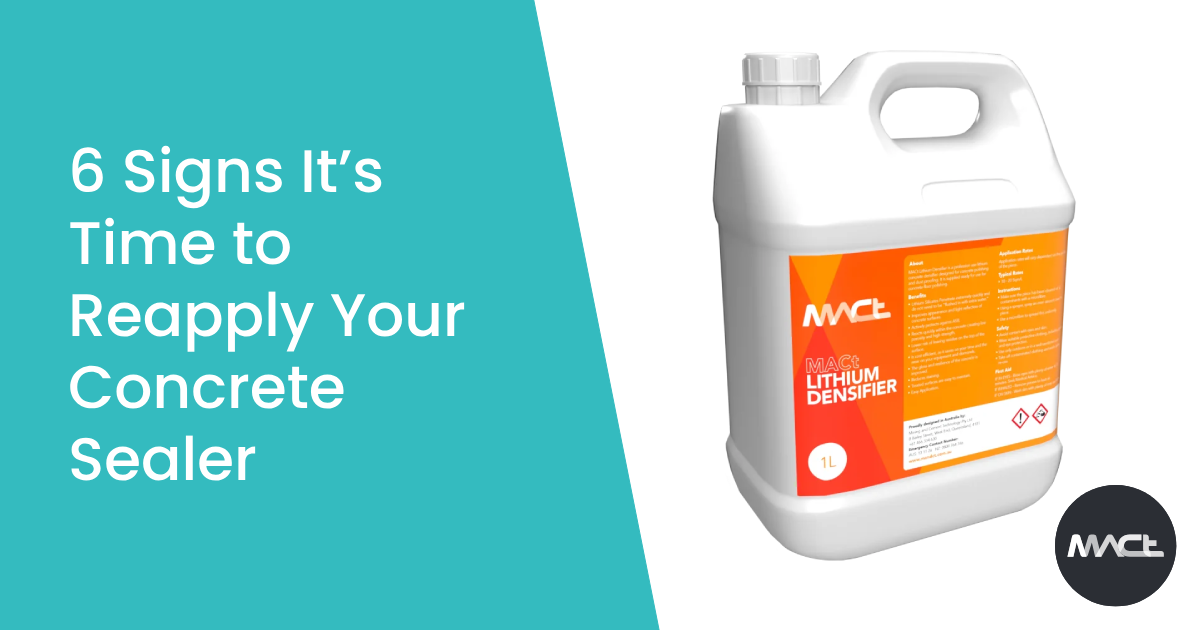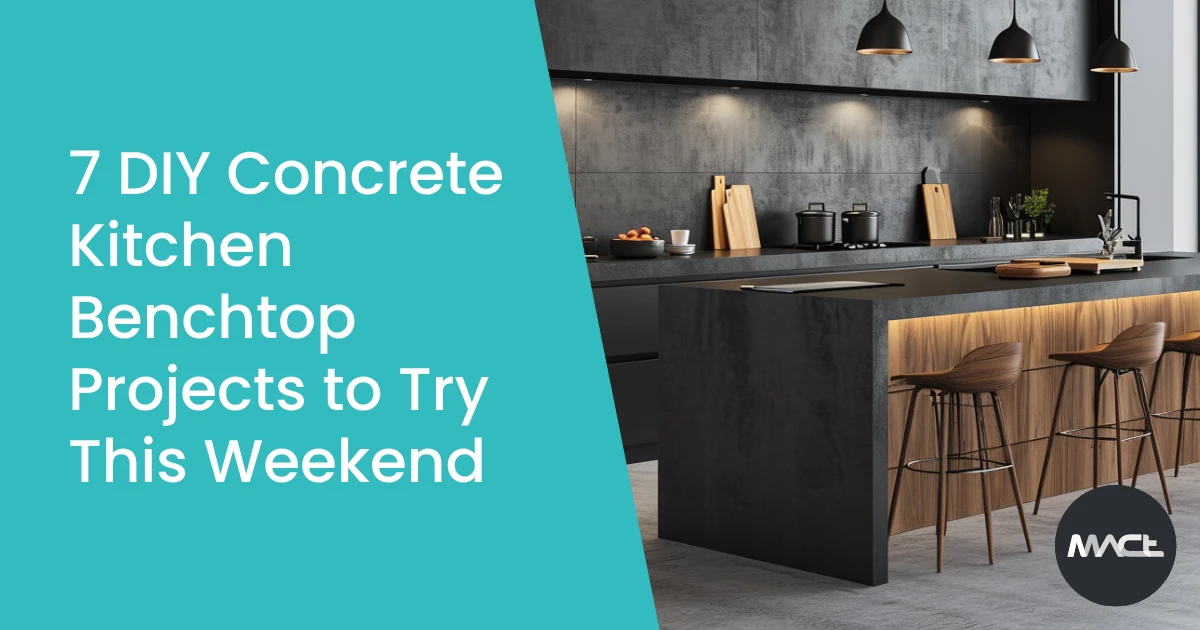Table of Contents
GFRC facade cladding is revolutionising modern architecture, offering innovative and sustainable solutions that go beyond traditional concrete options. Facade cladding serves as a crucial element in contemporary building design, combining visual appeal, weather protection, and structural enhancement.
As architectural trends evolve, materials like Glass Fibre Reinforced Concrete (GFRC) are gaining attention for their versatility and suitability for modern demands, providing benefits that go beyond traditional options. Choosing the right material for facade cladding is essential in achieving an appealing and durable building exterior. GFRC is an emerging favourite due to its unique properties, which will be explored throughout this article.
What is GFRC and Why is it Gaining Popularity?
Glass Fibre Reinforced Concrete (GFRC) is a composite material that blends concrete with glass fibres to create a lightweight yet robust solution for façade cladding. Unlike conventional concrete, which can be bulky and restrictive in design, GFRC offers versatility that aligns perfectly with modern architectural trends.
Architects and builders increasingly prefer GFRC because of its ability to achieve intricate designs, reduce load on structural frameworks, and deliver long-lasting performance.
Benefits of GFRC for Facade Cladding
- Lightweight and Durable: GFRC offers the same strength as traditional concrete but at a fraction of the weight, making it ideal for projects that require reduced structural load. This not only simplifies the construction process but also allows for greater creativity in façade design without worrying about excessive weight.
- Versatility in Design: GFRC can be moulded into a wide range of shapes and styles, from smooth, minimalist panels to highly intricate, patterned surfaces. This flexibility enables architects to create innovative and eye-catching designs that set buildings apart.
- Cost-Effectiveness and Longevity: Although the upfront cost of GFRC may sometimes be higher than standard concrete, its long-term benefits—such as reduced maintenance, better performance in harsh weather, and resistance to cracking—make it a cost-effective choice for many projects.
Current Trends in Facade Cladding Using Concrete Materials
The facade cladding industry has seen several innovative trends emerge, many of which centre around the use of concrete and GFRC for their unique capabilities. These trends are shaping the future of architectural design by prioritising sustainability, visual impact, and efficiency.
Trend 1 – Lightweight Concrete Panels for Sustainability
Lightweight concrete panels, particularly those made from GFRC, are becoming increasingly popular for sustainable building projects. By reducing the overall weight of the façade, buildings require less structural reinforcement, leading to a smaller carbon footprint during construction. GFRC’s unique composition also reduces the volume of concrete used without compromising on strength, making it an ideal choice for eco-conscious projects.
Ad
GFRC Training Course

Join the MACt GFRC Workshop on November 22-23, 2024, in Banyo, QLD. Learn expert techniques in mould design, form preparation, mixing, pouring, and finishing GFRC. Perfect for DIY enthusiasts, architects, and tradesmen. Early bird price is $1490 (regularly $2500). Don’t miss this opportunity to master GFRC!
Trend 2 – Textured and Patterned Cladding
Textured and patterned cladding is a trend that showcases how GFRC can push the boundaries of design. Architects are now opting for bespoke textures and intricate patterns to give buildings a unique visual identity. The use of GFRC allows for such creativity because of its ability to take on complex forms that would be difficult or impossible to achieve with traditional concrete.
Trend 3 – Precast Concrete Mix for Efficiency
Precast GFRC panels are an ideal solution for projects that require quick turnaround times. These panels can be manufactured off-site in a controlled environment, ensuring consistent quality and reducing the impact of weather delays during construction. Precast panels also allow for detailed customisation, allowing designers to incorporate unique features without slowing down the building process.
How GFRC Enhances Modern Architectural Design?
Customisation to Match Architectural Styles
Sustainability Features
Sustainability is at the heart of modern architecture, and GFRC helps meet these environmental goals. Its lightweight composition means that fewer raw materials are used, and the energy required for production and transportation is reduced. Additionally, GFRC’s durability leads to fewer repairs and replacements over time, further enhancing its environmental benefits compared to traditional concrete materials.
Comparing GFRC with Traditional Concrete in Façade Applications
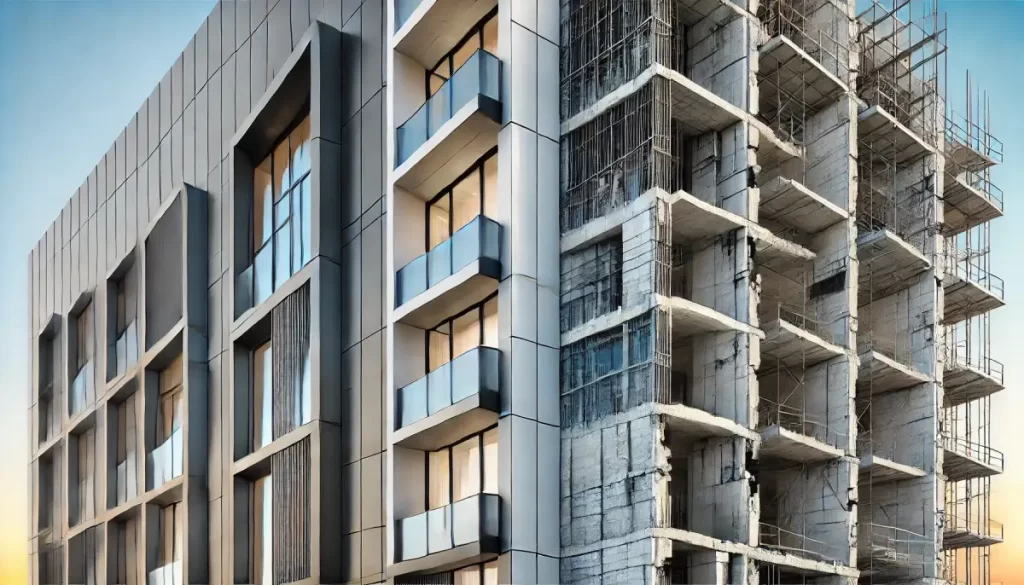
The choice between GFRC and traditional concrete for façade cladding comes down to several factors, such as weight, durability, ease of installation, and visual versatility. GFRC stands out in each of these categories, making it the preferred choice for modern projects.
- Durability vs. Weight: Traditional concrete is known for its strength but often comes with a weight that can limit architectural possibilities. GFRC offers a high level of durability without the heavy load, providing an opportunity to create lighter, taller, and more complex structures. This feature also means less strain on the overall framework, enhancing the safety and longevity of buildings.
- Installation and Maintenance: GFRC is significantly easier to handle and install due to its lighter weight, reducing construction time and costs. Installation is often faster, as the panels can be lifted and positioned more easily than heavier concrete slabs. Additionally, the maintenance of GFRC panels is minimal, as they are resistant to cracking and weathering, making them a more attractive option in terms of long-term upkeep.
- Aesthetic Versatility: Traditional concrete tends to be limited in terms of design flexibility due to its bulkiness and difficulty in handling complex forms. On the other hand, GFRC offers a range of aesthetic possibilities, allowing designers to explore creative shapes, intricate details, and finishes that make buildings truly stand out.
Examples of GFRC in Modern Architectural Projects
GFRC has been embraced by architects worldwide for its impressive adaptability in various types of buildings. Below are examples demonstrating how GFRC is reshaping modern architecture.
Innovative Project 1 – Urban Commercial Buildings
In urban commercial projects, GFRC cladding has been used to create striking façades that draw attention while enhancing the building’s functionality. For example, commercial high-rises in city centres have adopted GFRC panels to achieve intricate exterior designs while reducing the load on the building’s structure.
Innovative Project 2 – Residential High-Rises
Residential high-rises have also benefited from GFRC, especially in areas that need lightweight materials due to structural limitations. The adaptability of GFRC allows developers to create beautiful, unique façades that are also durable and resistant to adverse weather conditions, ensuring a lasting impression and reliable protection.
Landmark Project – Sustainable Green Buildings
One of the most notable uses of GFRC is in sustainable green building projects. GFRC’s ability to reduce resource consumption and enhance energy efficiency makes it a prime candidate for eco-friendly buildings. An example includes using GFRC to create cladding with embedded insulation, reducing the energy required to heat or cool the interior spaces.
How to Choose the Right Façade Cladding Material?
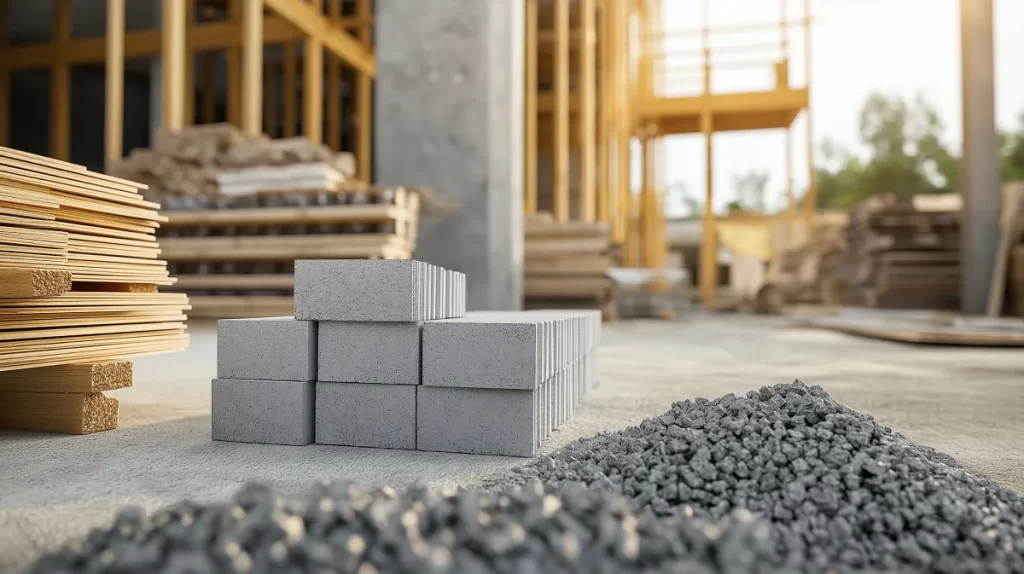
Selecting the appropriate facade cladding material requires an understanding of various project requirements, including design flexibility, budget, and environmental impact. GFRC emerges as a strong contender in each of these aspects, providing an optimal balance of aesthetics, functionality, and cost-efficiency.
Design Requirements and Material Capabilities
The design requirements of a project are fundamental when choosing the right façade material. GFRC’s flexibility means it can accommodate complex architectural demands, allowing designers to fully express their vision without being constrained by material limitations.
Budget Considerations
While the initial cost of GFRC can sometimes be higher than traditional concrete, the overall cost-efficiency of GFRC becomes apparent when considering its lightweight nature, lower installation costs, and reduced need for maintenance. This makes it a smart long-term investment for those looking to optimise both aesthetics and performance.
Environmental Impact
With sustainability becoming an ever more critical aspect of architectural design, GFRC’s environmental benefits are undeniable. The material uses less concrete, which translates into reduced emissions during manufacturing. Additionally, GFRC cladding contributes to better building insulation, which can lower energy usage over the lifespan of the building.
Why GFRC is the Future of Façade Cladding?
The increasing demand for materials that are sustainable, versatile, and efficient is pushing the construction industry to explore alternatives to traditional options. GFRC’s qualities make it ideal for meeting these demands, aligning perfectly with the future direction of architecture. With a focus on lightweight, durable, and aesthetically flexible solutions, GFRC is setting new standards for façade cladding in modern construction.
Conclusion
GFRC façade cladding is at the forefront of innovative trends in modern architecture, offering benefits that range from flexibility and aesthetic variety to sustainability and cost-efficiency. As the construction industry continues to evolve, materials like GFRC are essential in shaping the next generation of architectural design.
Ready to transform your project with innovative GFRC façade cladding? Contact us today to discuss your requirements and see how GFRC can be the perfect solution for your architectural vision.
